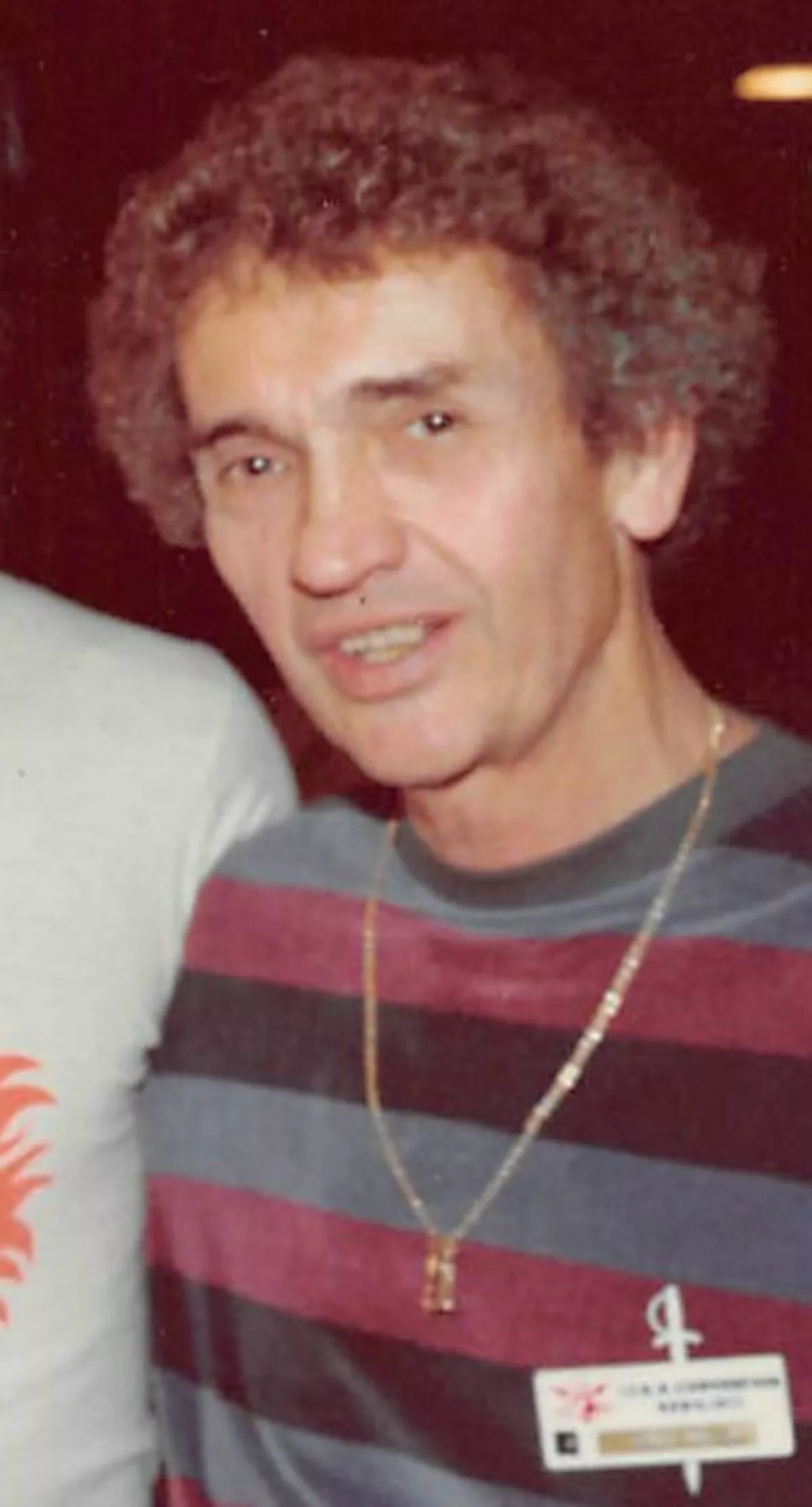 1.
1. Richard Simonton, known under the pseudonym Doug Malloy, was a Hollywood businessman and entrepreneur, known for his involvement in the Hollywood community, his rescue of the steamboat Delta Queen, his work in preserving the work of musicians in the Welte-Mignon piano rolls and for founding the American Theatre Organ Society.